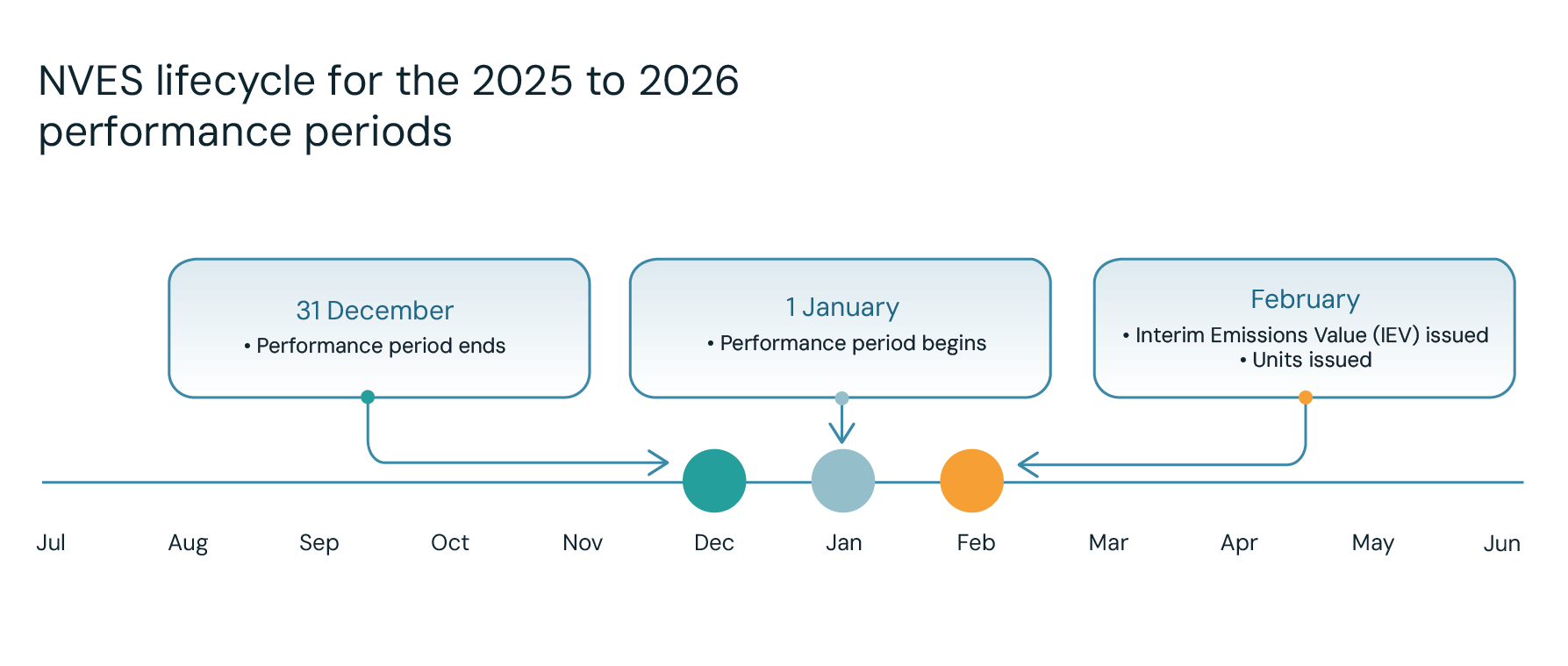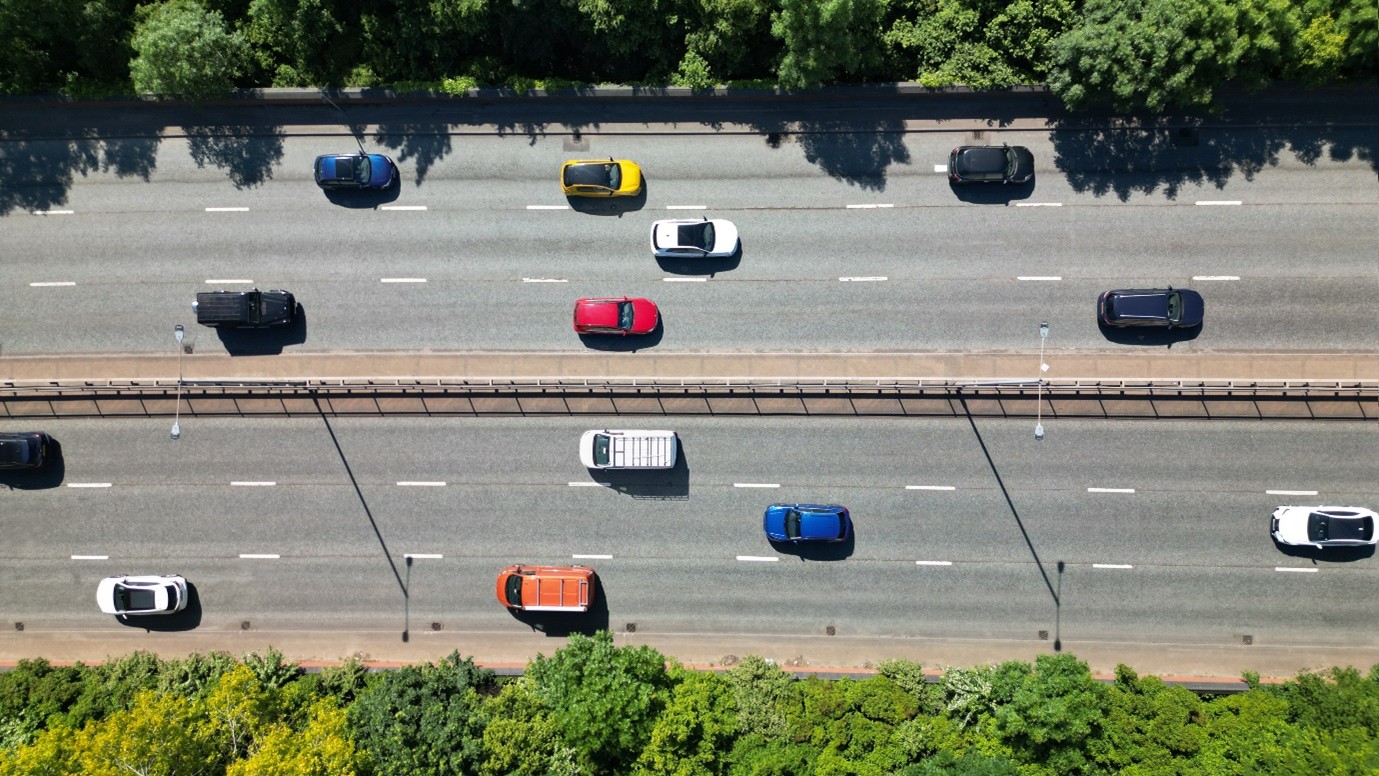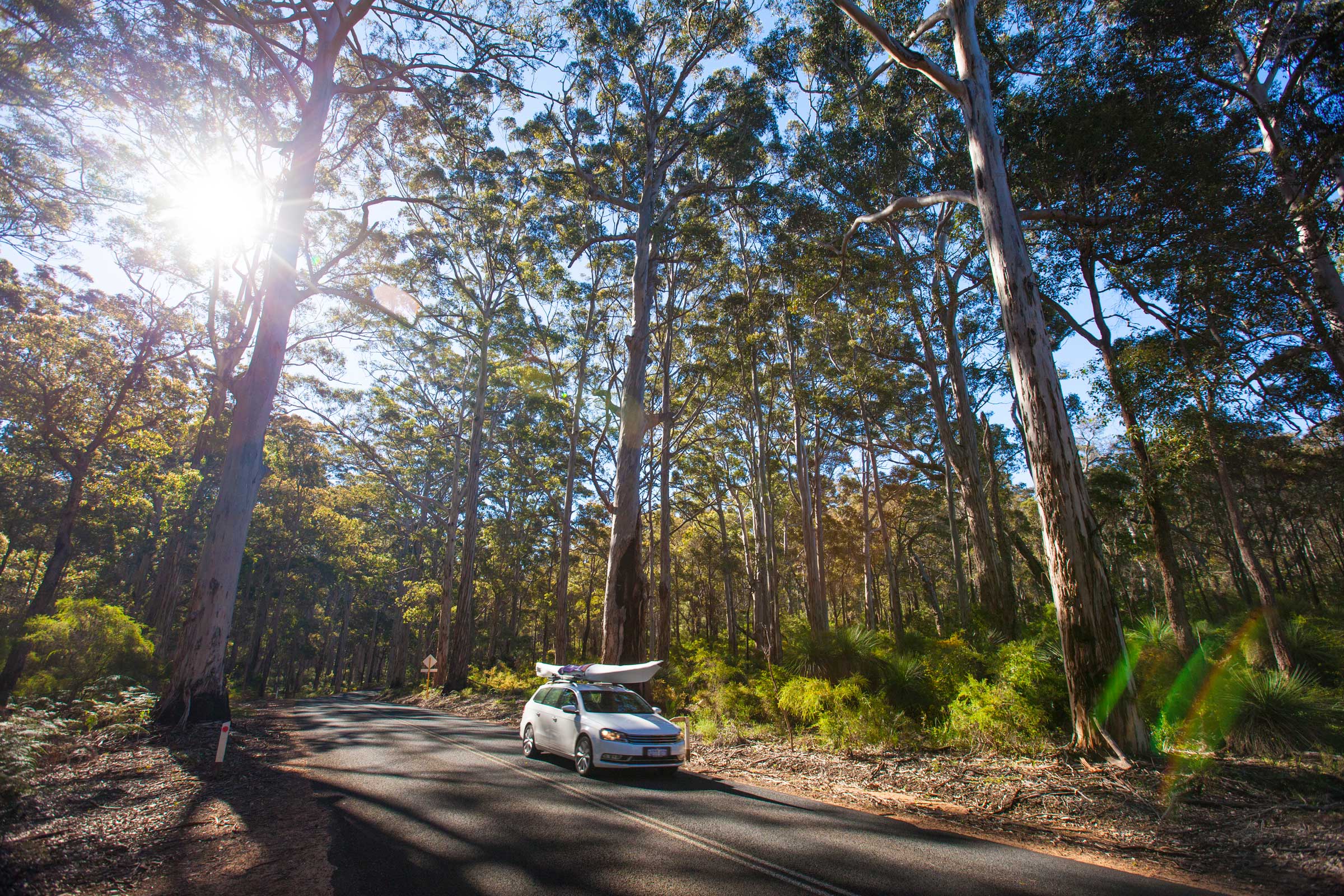Regulated entities and their authorised users have responsibilities under the New Vehicle Efficiency Standard Act 2024(Opens in a new tab/window) (NVES Act).
Who is a regulated entity?
You are a regulated entity if you are a car manufacturer, supplier or importer that holds a vehicle type approval for a covered vehicle and enters it on the Register of Approved Vehicles(Opens in a new tab/window) (RAV) for the first time.
Vehicle type approval holder
A vehicle type approval holder is the individual or company granted permission to provide a specific type of vehicle to the Australian market under a vehicle type approval(Opens in a new tab/window) as per the Road Vehicle Standards Act 2018 (RVSA).(Opens in a new tab/window)
Who is not a regulated entity?
You are not a regulated entity if you:
- Only supply vehicles as a second stage manufacturer.
- Only supply vehicles under the concessional RAV entry pathway.
- Only supply vehicles with a GVM greater than 4.5 tonnes.
- Supply vehicles within a vehicle category that is not covered by the NVES (for example, motorbikes, small omnibuses, tractors).
- Sell or distribute new or used vehicles but are not a vehicle type approval holder (for example, dealerships).
- Are an Australian consumer purchasing a new or used vehicle.
Which vehicles does the NVES apply to?
Under the NVES Act, vehicles are classified under 2 types:
- Type 1 vehicles are new light passenger vehicles such as cars, sport utility vehicles (SUVs) or light off-road vehicles.
- Type 2 vehicles are new light commercial vehicles such as utility vehicles (utes) or vans and heavy off-road vehicles up to 4.5 tonnes.
Type 1 and Type 2 vehicles are also known as ‘covered vehicles’ in the NVES Act.
Type 1 and Type 2 vehicles are defined at section 13 and 14 of the NVES Act. This includes passenger (MA, MB or MC category vehicle) or light commercial (NA or NB category) vehicles up to 4.5 tonnes gross vehicle mass (GVM).
| Vehicle types | Description |
|---|---|
| Type 1 vehicles |
|
| Type 2 vehicles |
|
What are the NVES emissions values?
The Minister has set the emissions values for Type 1 and Type 2 vehicles from 2025 to 2030 as outlined below.
| Emissions targets | |||
| Item | Year | Type 1 vehicles | Type 2 vehicles |
| 1 | 2025 | 141 | 210 |
| 2 | 2026 | 117 | 180 |
| 3 | 2027 | 92 | 150 |
| 4 | 2028 | 68 | 122 |
| 5 | 2029 | 58 | 110 |
The emissions are lowered each year, providing an incentive for regulated entities to lower the emissions of their fleets year on year.
Exemptions
Guided by the NVES Exemption Principles(Opens in a new tab/window) provided by the Minister for Transport, the Hon Catherine King MP, the department undertook 60-days of public consultation on the NVES Determination 2024(Opens in a new tab/window) (the determination).
Following this input from stakeholders, the Minister made the determination which came into effect on 1 January 2025, alongside the NVES Act.
The determination exempts vehicles that do not have an Australian light vehicle CO2 test mandated by an Australian Design Rule. The Minister provided a Statement of Reasons(Opens in a new tab/window) outlining the reasons for the decision.
What a regulated entity must do
Submit NVES data
Entry on the RAV is an administrative step that must be completed by all vehicle type approval holders before they provide an approved road vehicle to the Australian market for the first time.
From 1 July 2025, entries for covered vehicles must include NVES-specific data. Under the RVSA, regulated entities must make sure all data, including NVES-specific data entered on the RAV is true and correct.
What NVES data must be entered?
- NVES vehicle type - the type of vehicle as defined in division 2 of the NVES Act.
- Carbon dioxide (CO2) emissions - the vehicle’s carbon dioxide emissions measured in grams of carbon dioxide per kilometre. It is calculated based on the national road vehicle standard that applies to the vehicle.
- Mass in running order (MIRO) - the mass of the vehicle in kilograms, including all fluids, standard equipment and 75 kg for the mass of the driver.
If a vehicle is entered on the RAV as a chassis-cab with no bodywork fitted, the vehicle’s mass in running order is either the:- highest mass in running order value declared in the supporting information underpinning the CO2 dioxide emissions value declared for the chassis-cab by the manufacturer
- ‘mass in running order’ of the chassis-cab without bodywork fitted plus the average mass of the bodywork options offered for fitment to the vehicle by the vehicle’s manufacturer
- mass in running order of the chassis-cab without bodywork fitted plus the maximum area of the body recommended for fitment to the vehicle by the vehicle’s manufacturer (in square metres to one decimal place) multiplied by 50kg.
- Rated towing capacity (RTC) - the maximum towing mass in kilograms as specified by the vehicle’s manufacturer. RTC is only applicable to MC category vehicles.
For more information see:
- Guide to the Register of Approved Vehicles(Opens in a new tab/window)
- Guidance note—Calculation of carbon dioxide emissions values for the Register of Approved Vehicles (RAV)(Opens in a new tab/window)
Ensure an FEV of zero or less
Regulated entities must make sure their final emissions value (FEV) is zero or less. If the FEV is not equal to zero or less, the entity may be issued an infringement notice. To get to zero, prior to the FEV being issued, an entity has 2 years to address their balance by extinguishing units against their interim emissions value (IEV).
Performance periods
Each performance period begins on 1 January and ends on 31 December of that year. The exception to this rule is 2025, where the performance period begins on 1 July 2025 and ends 31 December 2025.













